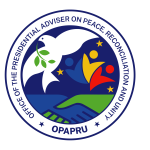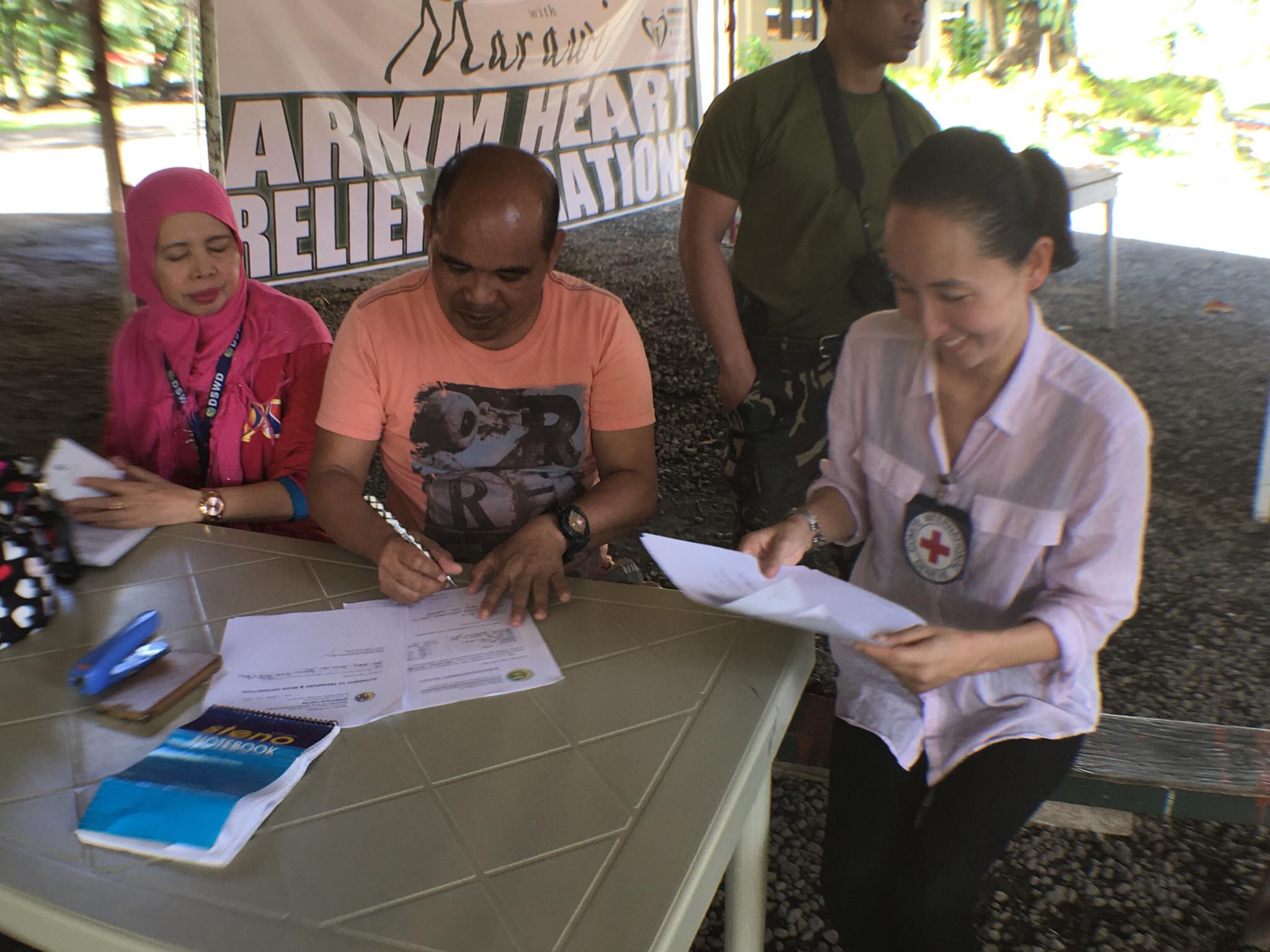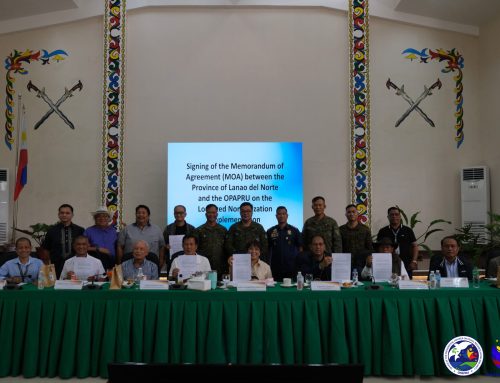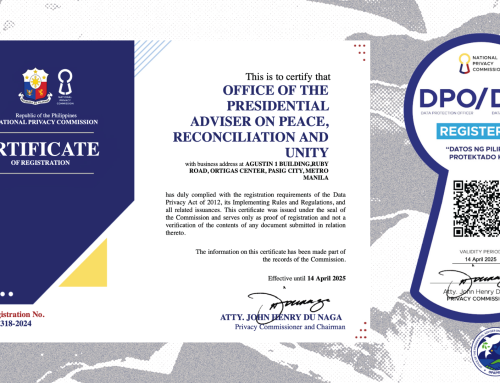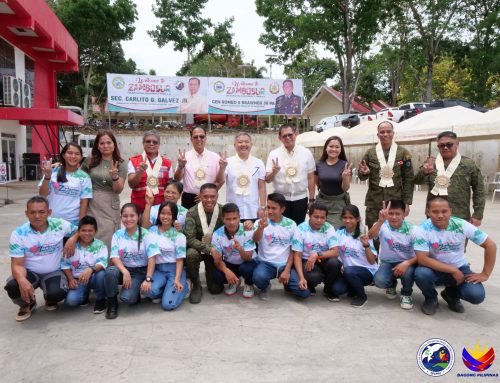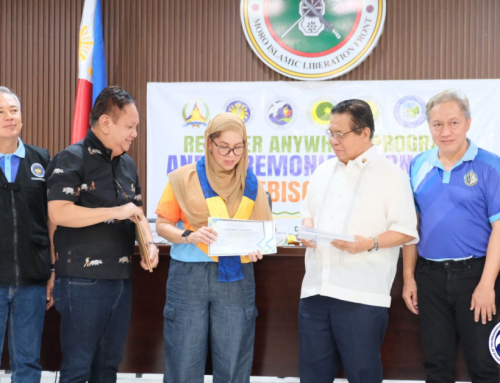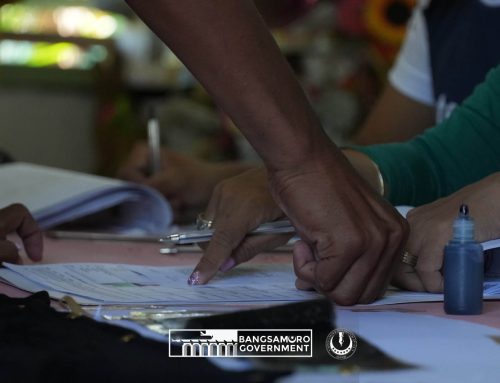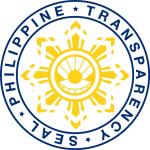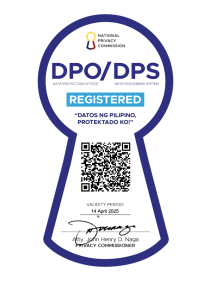RAMAIN, LANAO DEL SUR – Seven trucks filled with relief goods arrived at this lakeside community which has for the past month become a safe haven for civilians fleeing the armed conflict in Marawi City.
As the trucks pulled up inside the grounds of the municipal capitol that has been converted into an evacuation center, personnel of the International Committee of the Red Cross (ICRC) unloaded hundreds of boxes containing foldable jerrycans, mosquito nets, blankets, mats and kitchen ware.
The relief packages were systematically distributed to more than 2,600 families who have been displaced by the armed hostilities.
Despite the bristling heat of the noonday sun, the faces of the evacuees – majority of them women with children in tow – lit up, as they received the relief packs.
The ICRC is among the first international humanitarian organizations that have entered this remote, hinterland municipality since the crisis broke out on May 23.
Ramain is considered a military hotspot not only due to its proximity to Marawi, but also because it reportedly has been used as an escape route of members of the Maute group.
The ICRC was accompanied by members of the Joint Coordination, Monitoring and Action Center (JCMAC), who facilitated the safe passage of the humanitarian convoy across the 80-kilometer route from Malabang to Ramain.
Tomoku Matsuzawa, ICRC head of office, expressed her organization’s gratitude for the assistance provided by the JCMAC.
The JCMAC, which has two offices – one in Malabang and another in Marawi – was established under the Peace Corridor initiative of the Government of the Philippines (GPH) and the Moro International Liberation Front (MILF) Peace Implementing Panels.
The Peace Corridor, which opened on June 4, aims to provide a safe zone for civilians fleeing the conflict, and a secure avenue where humanitarian assistance can pass through.
To date, the Peace Corridor initiative has helped 277 trapped civilians escape from the conflict zone to safer ground.
“We appreciate the help given to us by JCMAC, particularly in advising us where to pass and in clearing the convoy’s route. Otherwise, we would be held up for hours at the various checkpoints along the way,” Matsuzawa explained.
She said that although the ICRC does not ask for military escorts due to protocols it must strictly observe, the group closely coordinates with the Armed Forces of the Philippines (AFP), Philippine National Police (PNP), as well as provincial and municipal government units whenever its staff enter an area.
Aside from the relief packages, the ICRC has set up toilets and wash areas in Ramain and the neighboring municipality of Saguiaran, which also has a huge number of evacuees.
“We set up these facilities so people can take a bath and wash their clothes,” Matsuzawa said, adding that the ICRC regularly dispatches a fire truck capable of providing 10,000 liters of water a day to the evacuation sites.
The ICRC also helps family members who have been separated during the conflict to find and reunite with each other.
“On behalf of the evacuees, we communicate with their families and set up the reunification point,” Matsuzawa said.
This is what they have done for a number of evacuees from Marawi who were finally reunited with their loved ones in Iligan after weeks of separation.
Meanwhile, the ICRC official noted that the key in ensuring the success of ongoing relief operations is the “speed, timeliness and the ability of donor agencies to appropriately respond to the various needs of the people.”
“We are very happy to help the government in providing for the needs of the evacuees,” Matsuzawa said. “And if there are other needs we can support, we are very much willing to fill in that gap.” ###

